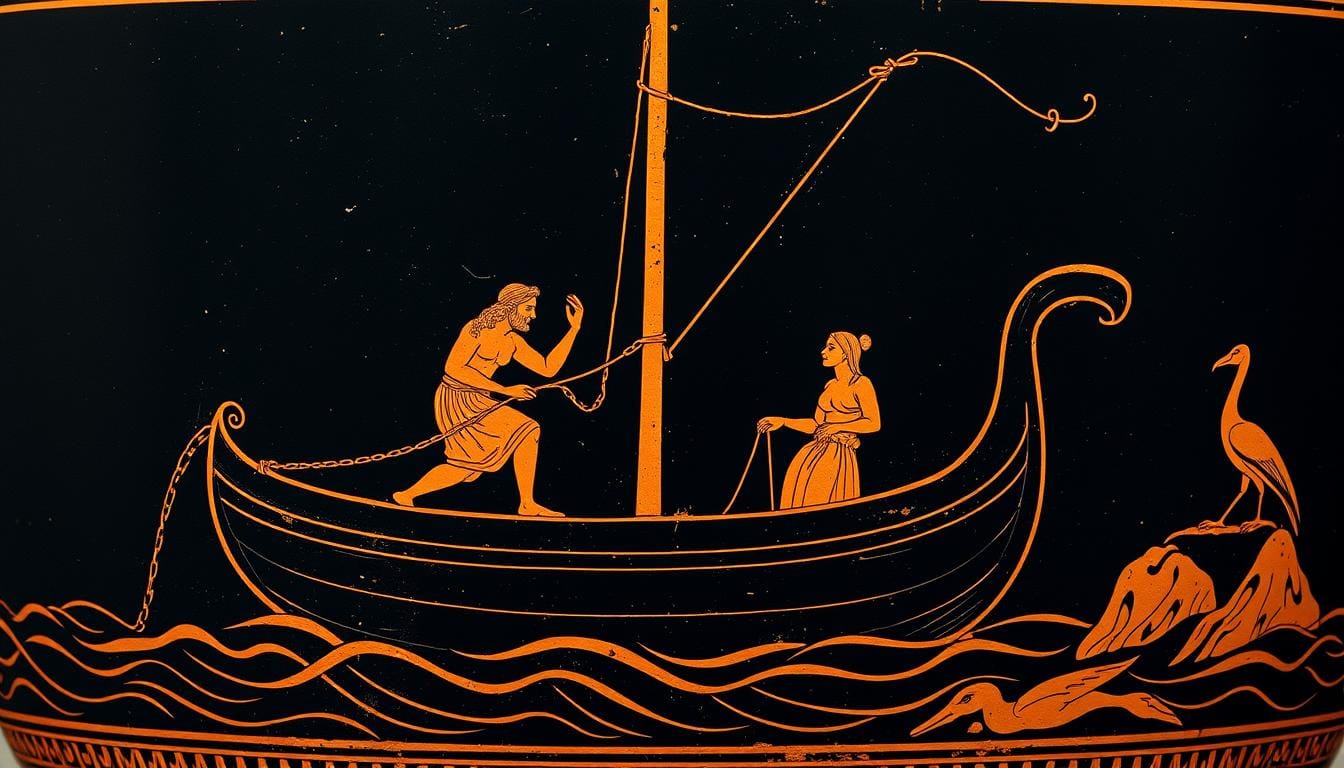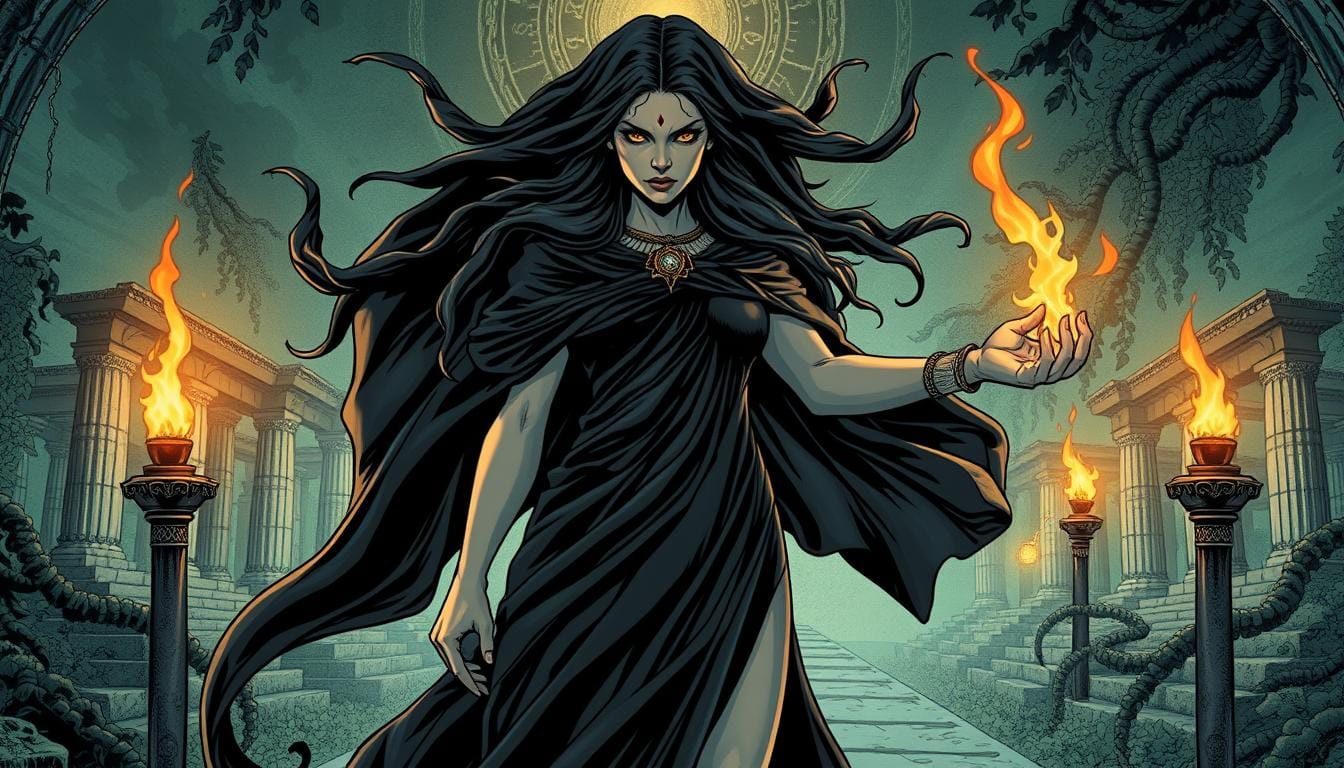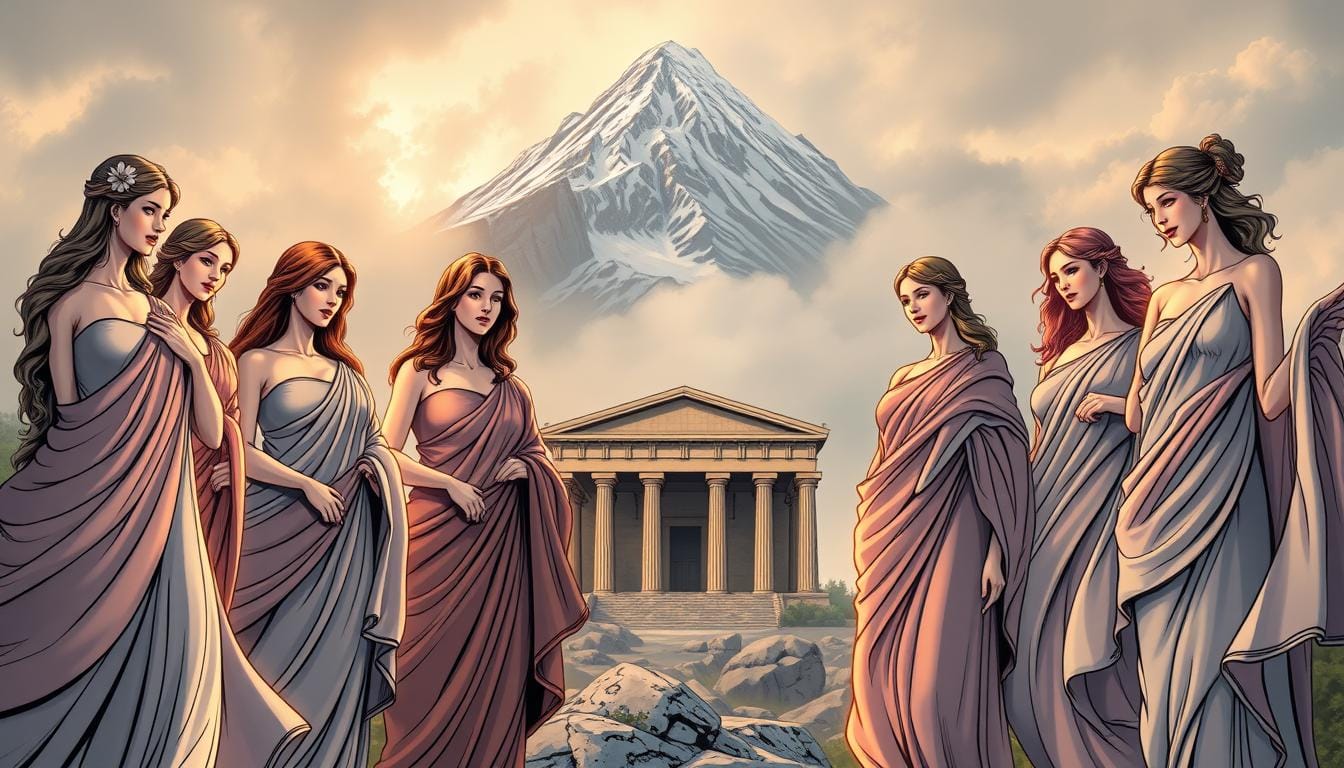Few military commanders have left such an indelible mark on warfare as Alexander the Great. In just 13 years, he created one of history’s largest empires, stretching from Greece to northwestern India. His undefeated battle record wasn’t merely luck—it was the result of revolutionary battle tactics, strategic brilliance, and innovative military leadership that transformed ancient warfare. This article explores the genius behind Alexander’s conquests and the tactical innovations that allowed a young Macedonian king to defeat forces that often vastly outnumbered his own.
The Military Foundation: Philip's Legacy and Alexander's Innovations
The Macedonian phalanx formation with sarissa spears—the backbone of Alexander’s infantry
Alexander inherited a formidable military machine from his father, King Philip II of Macedonia. Philip had transformed the Macedonian army from a disorganized force into a professional, well-disciplined military through several key reforms. He increased the army size from 10,000 to 24,000 men and expanded the cavalry from 600 to 3,500 riders—creating a force that was no longer just citizen-warriors but professional soldiers.
What made Alexander’s army truly revolutionary was its organization and weaponry. The fundamental fighting unit was the taxis, comprising approximately 1,500 men and commanded by a taxiarch. Each taxis was further divided into smaller units, creating a chain of command that allowed for better communication and tactical flexibility on the battlefield.
Alexander’s infantry wielded the sarissa—an 18-20 foot pike that gave his phalanx a decisive reach advantage over traditional hoplite spears. This innovation allowed his front ranks to engage enemies while remaining protected behind a wall of pike points, fundamentally changing how infantry engagements worked.
Key Battle Tactics of Alexander the Great
Alexander’s genius wasn’t just in the army he inherited but in how he employed it. His tactical approach revolutionized ancient warfare through several key innovations:
The Phalanx Formation: The Unbreakable Shield Wall
The Macedonian phalanx formed the core of Alexander’s infantry tactics. Unlike earlier Greek phalanxes, Alexander’s version featured:
- Deeper formations (typically 16 men deep) providing greater pushing power
- The sarissa pike, giving his front ranks reach advantage over enemies
- Highly trained soldiers who could maintain formation even on difficult terrain
- The ability to split and reform as battlefield conditions required
This formation created what military historians call “the anvil”—a nearly impenetrable line that could hold enemy forces in place while other elements delivered the decisive blow.
The Hammer and Anvil Strategy
Perhaps Alexander’s most famous tactical innovation was his perfection of the “hammer and anvil” approach. This strategy worked in several phases:
- The phalanx (the anvil) would engage and fix the enemy’s main force in place
- Alexander would identify or create a weak point in the enemy line
- The Companion Cavalry (the hammer) would execute a decisive charge at this weak point
- Once the enemy line was broken, the cavalry would swing behind to attack from the rear
This tactic was devastatingly effective because it forced enemies to fight on two fronts simultaneously, often leading to panic and collapse of their formations.
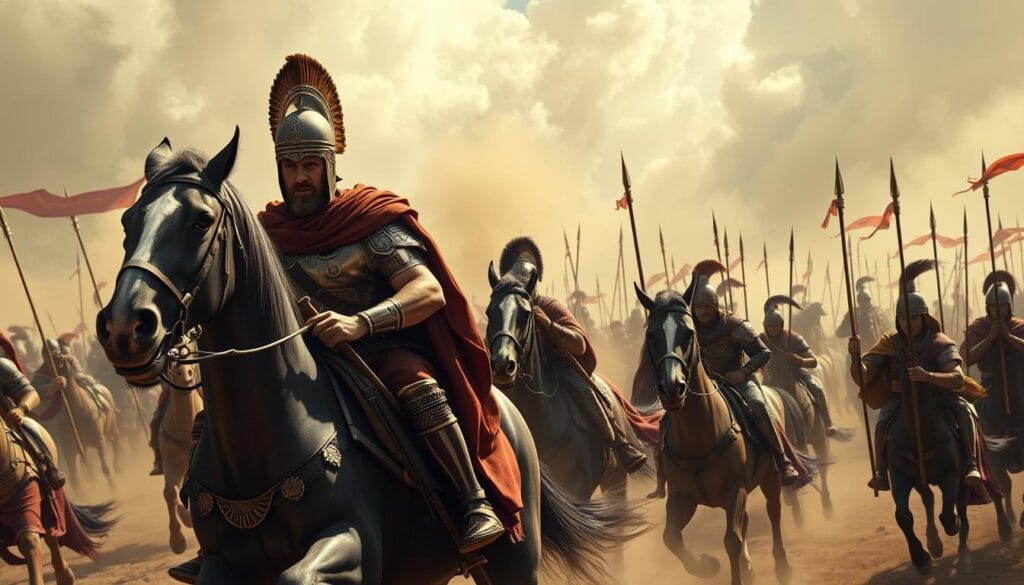
Alexander leading his Companion Cavalry in the decisive charge at Gaugamela
Combined Arms Warfare
Alexander mastered what modern military strategists call “combined arms warfare”—the coordinated use of different types of military units to maximize their strengths and minimize weaknesses. His army typically deployed:
- Heavy infantry (phalanx) to hold the center
- Hypaspists (shield-bearers) as more mobile infantry on the right flank
- Companion Cavalry on the right wing, often led by Alexander himself
- Thessalian Cavalry on the left wing, typically commanded by Parmenio
- Light infantry, archers, and slingers to protect flanks and harass enemies
This integration of different units allowed Alexander to adapt to various battlefield conditions and enemy tactics, creating a military force greater than the sum of its parts.
Exploitation of Terrain
Alexander demonstrated exceptional skill in using terrain to his advantage. He would:
- Choose battlefields that neutralized enemy advantages (especially numerical superiority)
- Use natural features like rivers, hills, or narrow passes to protect his flanks
- Force enemies to fight on ground unfavorable to their strengths
- Conduct careful reconnaissance to understand battlefield topography before engagement
This tactical awareness allowed him to defeat much larger forces by controlling where and how battles were fought.
Case Studies: Alexander's Tactics in Major Battles
Battle of Granicus (334 BCE)
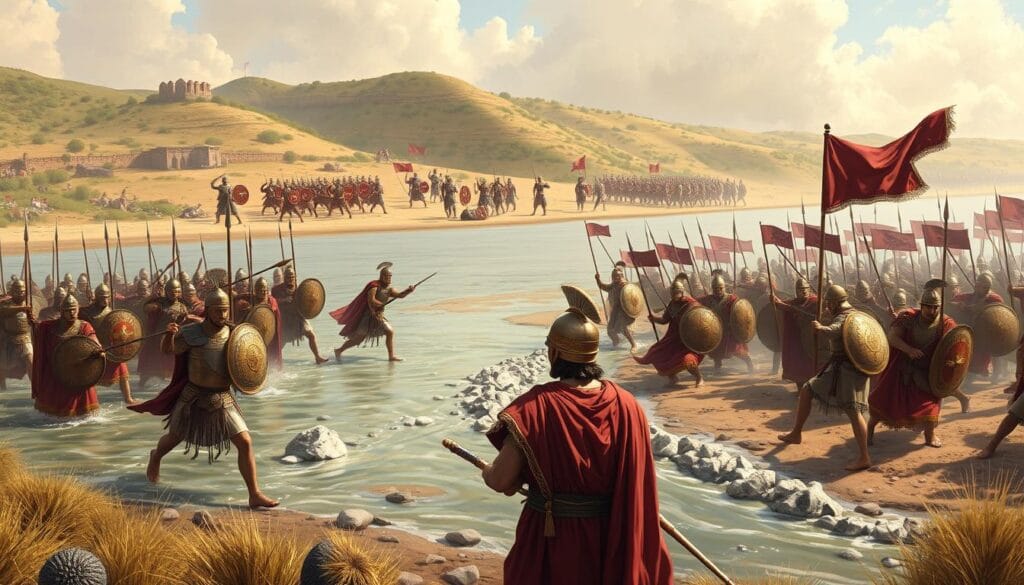
Alexander’s forces crossing the Granicus River to engage the Persian army
The Battle of Granicus marked Alexander’s first major engagement against the Persian Empire. The Persian forces positioned themselves along the eastern bank of the Granicus River, expecting the river to serve as a natural barrier.
Alexander’s tactical approach:
- He led a direct cavalry charge across the river despite his generals’ concerns
- The Macedonian right wing struck first, drawing Persian forces to that sector
- Alexander personally led the Companion Cavalry in a wedge formation aimed directly at the Persian commanders
- By targeting the leadership, he created confusion in the Persian ranks
- The phalanx followed, securing the riverbank and providing a solid base for operations
The result was a decisive victory that secured Alexander’s foothold in Asia Minor and demonstrated his aggressive tactical style.
Battle of Issus (333 BCE)
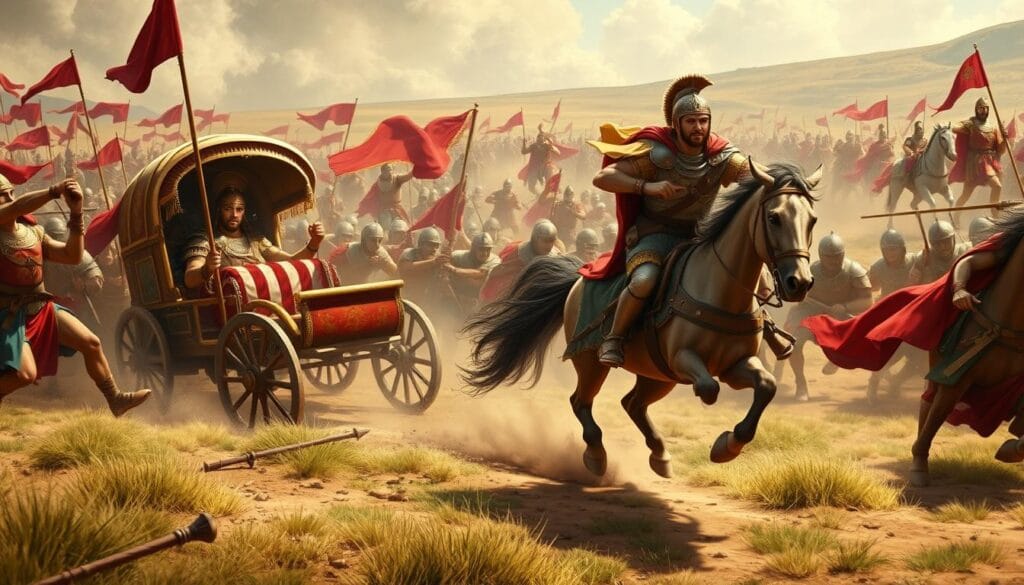
Alexander pursuing King Darius III at the Battle of Issus
At Issus, Alexander faced a much larger Persian army led by King Darius III himself. The battle took place in a narrow coastal plain between mountains and the sea, limiting the Persians’ ability to use their numerical advantage.
Alexander’s tactical execution:
- He positioned his forces to exploit the confined battlefield
- The phalanx engaged the Persian infantry in the center
- Alexander led the Companion Cavalry in a charge aimed directly at Darius
- When Darius fled the battlefield, Persian morale collapsed
- The hammer and anvil tactic was executed perfectly, with the phalanx holding while cavalry delivered the decisive blow
This victory demonstrated Alexander’s understanding of psychological warfare—by targeting the enemy leader, he effectively decapitated the Persian command structure.
Battle of Gaugamela (331 BCE)
The Battle of Gaugamela represents Alexander’s tactical masterpiece. Facing a Persian army that possibly outnumbered his forces 5:1 on an open plain specifically chosen by Darius, Alexander needed to overcome significant disadvantages.
His tactical innovations included:
- Deploying his army in an oblique formation, with the right wing advanced and the left refused
- Creating a reserve force behind his main line to counter Persian flanking attempts
- Shifting his entire army to the right during the advance, forcing Darius to extend his left flank
- When the Persian line overextended, Alexander identified a gap forming in their center
- He led the Companion Cavalry in a wedge formation directly through this gap toward Darius
- The phalanx followed, splitting the Persian army in two
The result was a complete victory that effectively ended organized Persian resistance and demonstrated Alexander’s ability to adapt his tactics to overcome seemingly impossible odds.
Psychological Warfare and Leadership

Alexander addressing his troops before battle, demonstrating his leadership skills
Alexander’s military success wasn’t solely based on tactical innovations. His psychological approach to warfare played a crucial role in his undefeated record:
Speed and Surprise
Alexander understood the psychological impact of unexpected action. His army could march 19-20 miles per day—an extraordinary pace for ancient armies—allowing him to appear where enemies least expected. This created a reputation for almost supernatural mobility that demoralized opponents before battles even began.
Personal Leadership
Unlike many ancient commanders who directed from the rear, Alexander led from the front, often at great personal risk:
- He was always visible to his troops, typically positioned on the right wing with the Companion Cavalry
- He shared hardships with his men, refusing water when his soldiers had none
- He sustained multiple serious wounds throughout his campaigns, earning soldiers’ respect
- He knew many soldiers by name and remembered their accomplishments
This leadership style created intense personal loyalty and motivated his troops to extraordinary feats of courage and endurance.
Calculated Mercy and Terror
Alexander strategically alternated between mercy and brutality to shape enemy behavior:
- Cities that surrendered were often treated with respect and allowed to maintain local customs
- Those that resisted faced devastating consequences (at Tyre, 6,000 were killed and 30,000 enslaved)
- He respected worthy opponents, treating the family of Darius with honor after capturing them
- He incorporated former enemies into his army, particularly after Gaugamela
This carrot-and-stick approach encouraged surrender while demonstrating the futility of resistance.
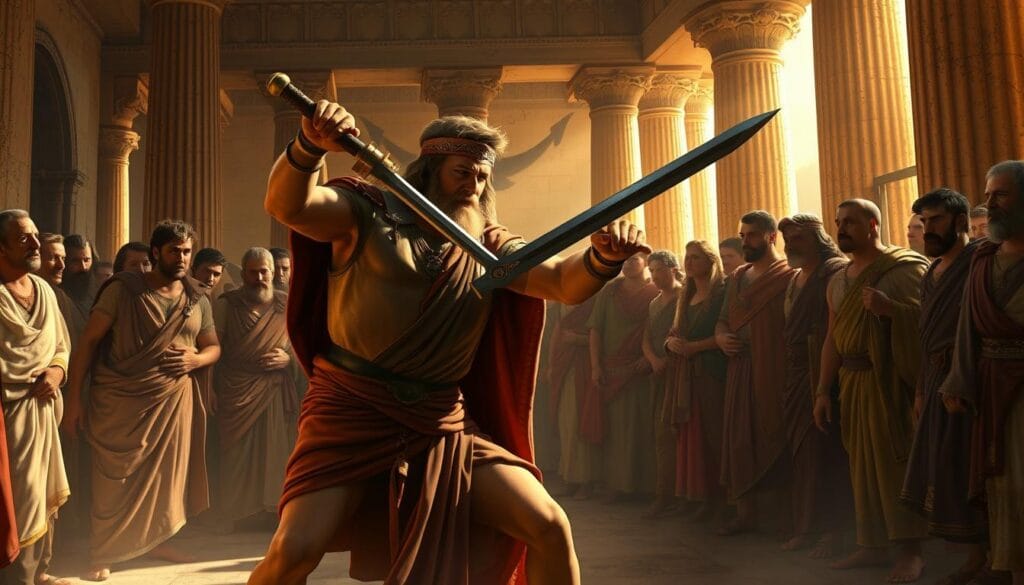
Alexander cutting the Gordian Knot—symbolic of his direct approach to seemingly impossible problems
Cultural Adaptability
Unlike many conquerors, Alexander showed remarkable cultural flexibility:
- He adopted elements of Persian court ceremony and dress
- He encouraged intermarriage between Macedonians and Persians
- He incorporated Persian and other foreign units into his army
- He respected local religious practices and participated in various cultural rituals
This approach helped stabilize conquered territories and reduced resistance to Macedonian rule, allowing Alexander to continue his campaigns without constantly suppressing rebellions in his rear.
Alexander's Military Legacy
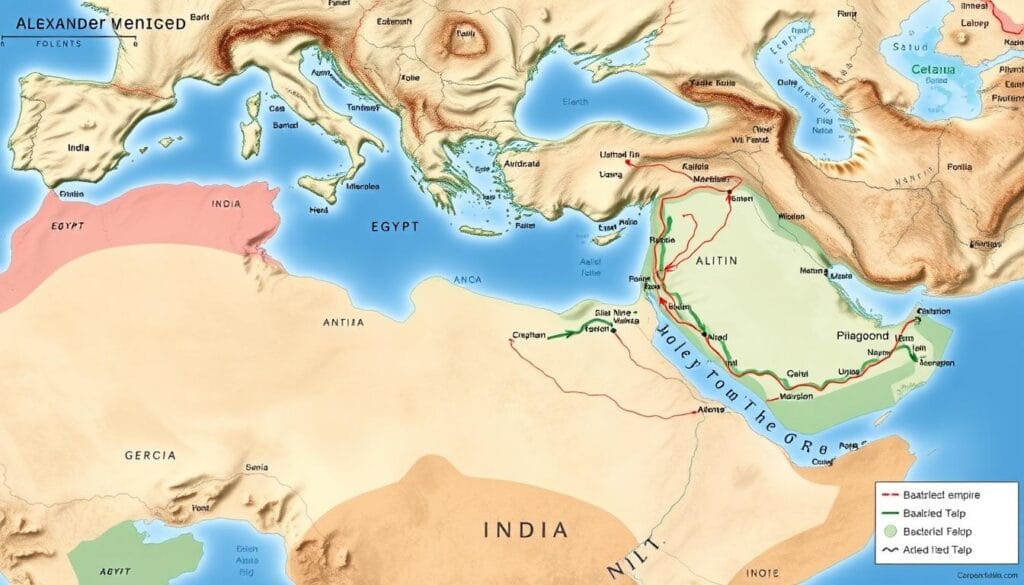
The extent of Alexander’s empire at its height—a testament to his military success
Alexander’s tactical innovations transformed warfare and influenced military thinking for centuries after his death:
Influence on Later Commanders
Many of history’s greatest generals studied and emulated Alexander’s tactics:
- Hannibal Barca was inspired by Alexander’s combined arms approach and envelopment tactics
- Julius Caesar adopted Alexander’s rapid movement and decisive battle strategy
- Napoleon Bonaparte studied Alexander’s campaigns and copied his approach to targeting enemy commanders
- Modern military academies still teach Alexander’s battles as examples of tactical brilliance
Lasting Tactical Innovations
Several of Alexander’s military innovations became standard elements of warfare:
- Combined arms warfare remains a fundamental military concept
- The importance of mobility and surprise in overcoming numerical disadvantages
- The value of reconnaissance and intelligence in battlefield planning
- The psychological impact of leadership on troop morale and performance
- The strategic targeting of enemy leadership to disrupt command structures
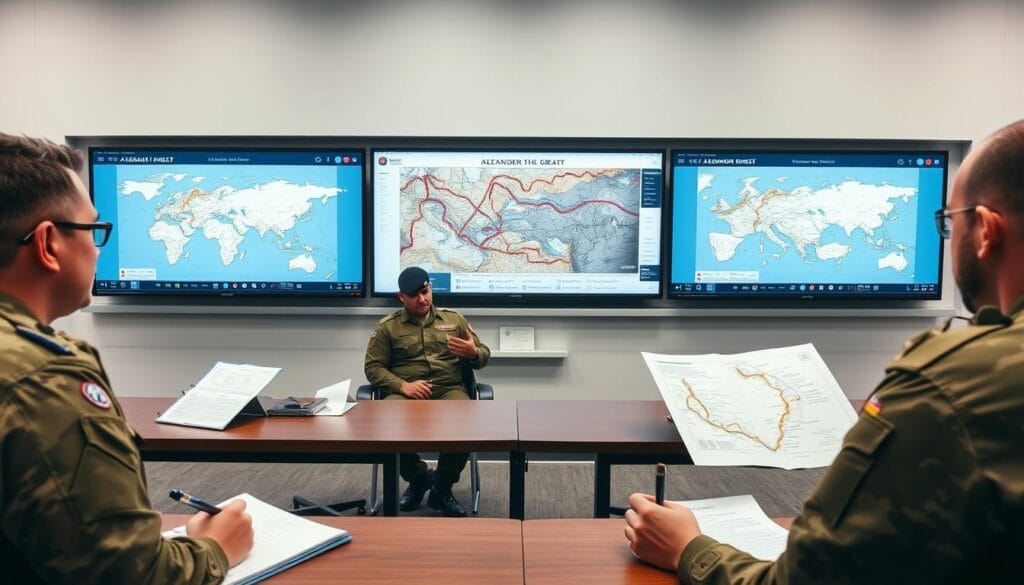
Alexander’s battle tactics continue to be studied by military strategists today
Perhaps most importantly, Alexander demonstrated that superior tactics, training, and leadership could overcome seemingly insurmountable numerical disadvantages—a lesson that has inspired military commanders throughout history.
Conclusion: The Enduring Relevance of Alexander's Battle Tactics
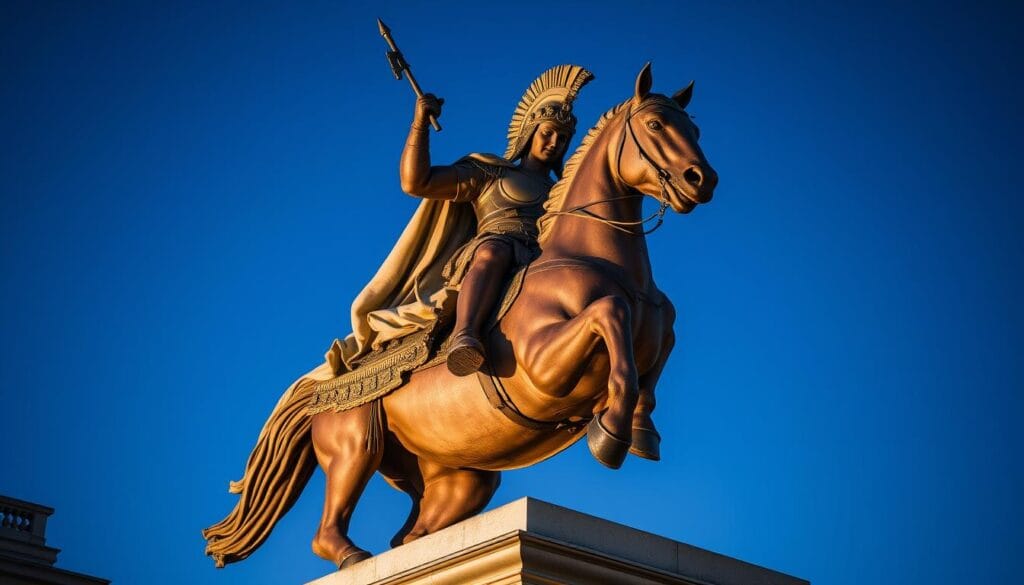
Alexander’s military genius continues to inspire and educate more than two millennia after his death
Alexander the Great’s revolutionary battle tactics transformed ancient warfare and created an empire of unprecedented size in just over a decade of campaigning. His integration of infantry, cavalry, and specialized units into a cohesive fighting force demonstrated the power of combined arms warfare. His hammer and anvil strategy, exploitation of terrain, and psychological approach to leadership provided a template for military success that commanders have studied for over 2,000 years.
What makes Alexander’s tactics particularly remarkable is their adaptability. From the river crossing at Granicus to the open plains of Gaugamela to the urban siege of Tyre, he modified his approach to meet each unique challenge while maintaining core principles of mobility, coordination, and decisive action.
In an age of technological warfare, Alexander’s fundamental insights into leadership, psychology, and tactical flexibility remain as relevant today as they were in the 4th century BCE. His undefeated record stands as testimony to a military genius whose battle tactics truly revolutionized the art of war.
Deepen Your Understanding of Ancient Warfare
Want to explore Alexander’s revolutionary battle tactics in greater depth? Discover our curated selection of books and documentaries that bring ancient warfare to life through expert analysis, detailed battle reconstructions, and insights from military historians.
